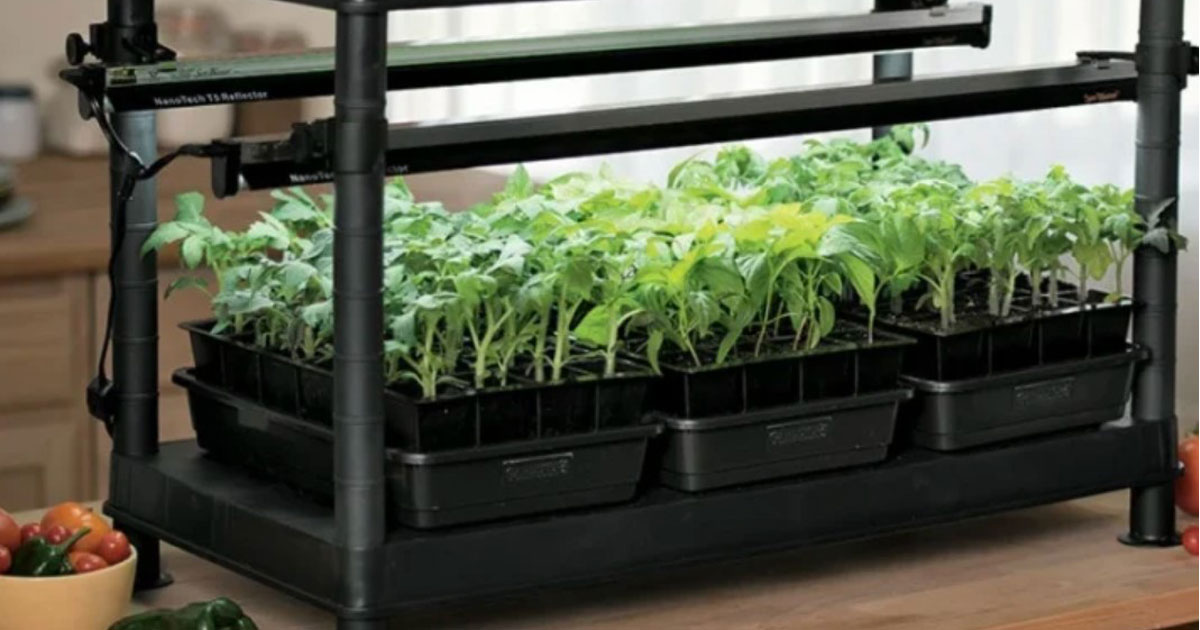Gardening Tips: 8 Things to Know About Growing Vegetables at Home

Are you keen to take on the incredibly rewarding task of growing your own veggies at home? Growing your own food can be a seriously rewarding and fulfilling activity, regardless of your level of gardening expertise.
However, there are still a few things you should know about the task before you get started. Here are eight helpful tips to get your new hobby off the ground.
Pick the Perfect Spot
Before you even think about planting, take a long, hard look at the space available to you. Choose a spot in your garden that gets at least 6 to 8 hours of direct sunlight a day.
Most veggies prefer to grow in spaces with lots of sunlight. You should also take into account the microclimates in your garden; certain veggies could require slightly different circumstances, so pick your planting locations wisely.
Choose the Right Vegetables
When it comes to home gardening, not all vegetables are created equal. Certain types of veg, like lettuce, tomatoes, and peppers, are easy for beginners to grow, but others can need more knowledge and care.
When choosing which vegetables to plant, take into account elements like your environment, the amount of space you have available, and your preferences, of course. Make sure the particular requirements of all the veg you choose fit into your garden.
Provide Enough Water
Your vegetable garden needs to be watered regularly to stay healthy and productive. Proper hydration is essential whether you’re gardening in soil or trying out hydroponics, which grows plants in nutrient-rich water solutions without the need for soil.
Most veggies need one to two inches of water per week, which can come from either irrigation or natural rainfall. Make sure to water deeply and evenly, and think about utilising soaker hoses or drip irrigation to provide water straight to the root zone and minimise water loss.
Nurture the Soil
Healthy soil is the foundation of a healthy veggie garden. To improve the texture and fertility of your soil before you start planting, mix it with organic matter like aged manure or compost.
Your plants will benefit from this because they’ll be getting in extra vital nutrients and even be able to retain moisture better for improved hydration. If you can, test the pH and nutrient content of the soil and make the necessary adjustments.
Plant at the Perfect Time
Gardening requires pretty precise timing. Vegetable growth and productivity can be badly affected if you decide to plant too early or too late in the season.
Take a look at a planting calendar or some local gardening resources to find out when is the best time to plant each type of veg based on your area, environment, and growing season.
Manage Weeds and Pests
It’s crucial that you keep weeds under control to prevent them from trying to compete with your precious veggies for water, nutrients, and sunlight. Weeds should be routinely pulled by hand or prevented from growing in the first place with some mulch.
You should also keep an eye out for any indications of insect activity in your garden and take the necessary action to remove them with either natural predators, organic pesticides, or other any other means. If you find you have a bug problem, then calling pest control might be something to consider.
Practice Crop Rotation
You might not be a full-blown farmer just yet, but practices like crop rotation can help even the simplest of growing plans. Planting different kinds of vegetables in different parts of your garden each year will help prevent soil depletion and reduce disease and pest issues.
By doing this, soil fertility is preserved and pest and pathogen life cycles are disrupted too. Crop rotation can help prevent the accumulation of soilborne diseases and nutrient imbalances in your garden by grouping crops from the same plant family together and moving them to new areas each season. It’s science!
Harvest at the Right Time
Finally, to ensure the best flavour and quality, pick your vegetables at the perfect moment. Each kind of veg has unique indicators of when it’s ready, such colour, size, or texture. Make sure to harvest regularly to promote a continuous yield and savour your produce while it’s still at its freshest.
To harvest veggies without hurting the plant, use sharp pruners or scissors. Handle the vegetables gently to minimise bruising and spoiling. You can try a few different harvesting methods, and try picking veggies at different times of ripeness for different textures and flavours.